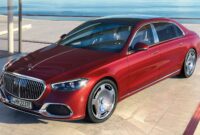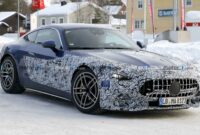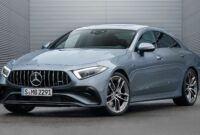Some argue that the future doesn’t look too bright for tuners as the inevitable switch to electric cars will leave aftermarket specialists vulnerable to not being able to change combustion engines anymore. While it’s true that most of their business will be destroyed by ICE’s demise, Brabus shows how the tuning company can survive in the EV era by revamping Mercedes’ flagship electric car.
The EQS 450 has received an improved aerodynamic body kit in the wind tunnel to make the zero-emission liftback even more streamlined. At Cd 0.20, it already has the lowest drag coefficient among production cars and Brabus has designed a slimmer shape to lower the Cd value by 7.2 percent compared to the standard car.

128 Photo
All custom body parts are made of carbon and have a glossy or matte finish. One of the add-ons is represented by an air deflector element in front of the rear wheel arch to optimize airflow. The front gets a new front lip spoiler while the rear has a diffuser to reduce aerodynamic lift. Aero optimization contributes to an increase of around seven percent when the car is traveling at speeds between 62 to 87 mph (100 to 140 km/h).
By far the most obvious change is the adoption of Monoblock alloy wheels, which have been modified specifically for the EQS and come in sizes from 20 to 22 inches. The image to the side shows a Mercedes EV with Monoblock in the wind tunnel depicting the 22-inch set combined with 255/35 ZR22 front tires and 295/30 ZR22 rear tires. Adjustments to the air suspension have brought the EQS closer to the road by 15 millimeters (0.6 inches) up front and 20 mm (0.8 inches) at the rear.
As you’d expect from a Brabus project, there are many ways to personalize the interior, from all types of leather to velor luggage pads. The Bottrop-based specialist also has a scuff plate with an illuminated company logo along with a choice between aluminum or carbon pedals.




